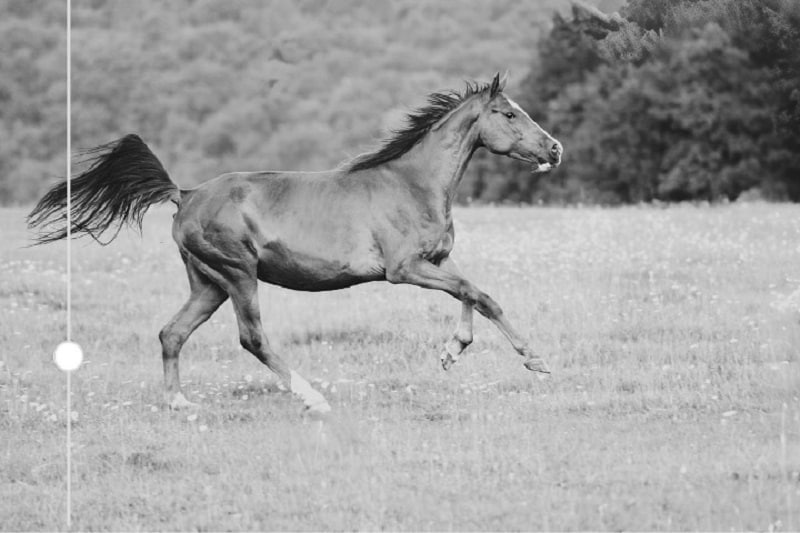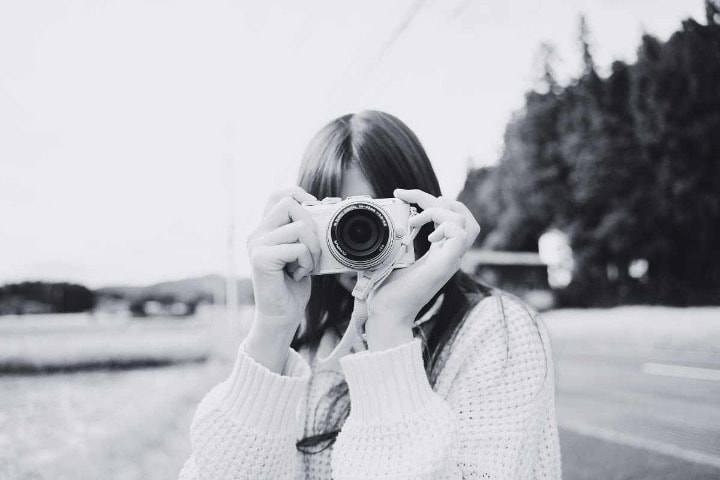For about a century now, people have been using black-and-white photography. While there was no choice during the early times of the camera, it’s incredible how it’s still being used today. With the ability to capture accurate colors today, you may wonder why the black-and-white aesthetic is still being used. Even social media is teeming with people jumping to use these black-and-white filters.
If you want to convert images to black and white to hop on the trend or perform a simple edit, you’re on the right article. This guide will teach you how to master the art of black-and-white photography from start to finish. It will cover topics such as taking or choosing the photo to editing them. You can even find tips on maximizing your black-and-white photos online.

In this article
Part 1. A Quick Guide To Black and White Photography and Editing
Learning how to make a black-and-white photo seems easy at first glance. You will just remove the colors from a picture using a photo editor. You can even apply filters to help you. However, it’s more than that if you want to create striking and beautifully made pictures. That’s why you may want to have a guide when you color images to black and white. This way, you will at least have an idea of the basics.
Remember, though, that beauty is in the eye of the beholder. Do what you think looks beautiful in the end. The tips in this section are just guideposts to help you edit your photos.
Taking the Initial Photo
While editing software offers powerful tools for transforming photos, capturing strong black-and-white images starts in-camera. Here are some key considerations to keep in mind. You can even use them when choosing a photo to edit:

- Embrace contrast. Black and white photography thrives on contrast. It’s the difference between light and dark tones. Look for scenes with clear definitions between highlights and shadows. Dramatic skies with white clouds against a dark backdrop is a great example.
- Focus on capturing texture. In the absence of color, textures become a powerful visual element. The roughness of a tree or the little folds of fabric can add depth and interest to your black-and-white photos. Notice how light interacts with different textures. These will create great focus and shadows when converted to black and white.
- Composition is key. Strong composition is essential in any photography, but it becomes even more crucial in black and white. Since color is absent to guide the viewer’s eye, consider using compositional techniques like the rule of thirds to create a balanced and engaging image. Lead the viewer’s eyes using lines or negative spaces to ensure they are looking at your intended subject.
Choosing the Right Tool for Editing
Once you’ve captured a photo with strong potential, it’s time to unleash the power of editing software. Various tools are available, from essential photo editing software pre-installed on your computer to dedicated editing applications and even web-based solutions.
- Desktop software. Most computers come pre-installed with basic photo editing software like Photos (Mac) or Paint (Windows). These offer a user-friendly platform for applying black-and-white filters and basic adjustments. For more advanced editing capabilities, dedicated photo editing software like Adobe Photoshop or GIMP provides a wider range of tools and functionalities.
- Mobile apps. Smartphones are powerful photography tools, and many photo editing apps are available for iOS and Android. The native Photos app on iPhones and the Photos/Gallery app on most Android devices offer basic editing options, including black-and-white filter applications. The App Store and Google Play Store offer a vast selection of additional editing apps, some specializing in black-and-white conversions and effects.
- Web-based editors. If you prefer a zero-download experience, several web-based photo editors like LunaPic, PhotoFunia, and the like are available. These offer a convenient way to edit photos from any device if you have an internet connection. While features may vary, many web-based editors allow you to turn images to black and white with basic editing features and filters.
Editing Your Photo
The specific steps for editing your photos will vary depending on your chosen software. However, the general steps are sure to remain consistent. Just upload your photo to the app/tool for editing, then follow the steps below.
- Step 1. Applying black and white filters.
Most editing software will offer a dedicated black-and-white filter option. This will convert your photo to grayscale, removing all color information. Some software may offer a variety of black-and-white filter presets, each with slightly different characteristics on shades and tone. Experiment with other filters to see which one best suits your photo.

- Step 2. Fine-tuning your black-and-white photo.
Many editing programs go beyond simple grayscale conversion and offer black-and-white color sliders. These sliders allow you to adjust the range of grayscale within the image. For example, you may lighten the shadows to bring out details or darken the highlights to create a more dramatic effect.

- Step 3. Beyond black-and-white tools.
While converting to black and white is the core step, don’t be afraid to add colors or use other tools. Adjusting brightness, contrast, clarity, and sharpness can enhance the overall impact of your black-and-white photo. You can also explore selective color adjustments to add a pop of color to a specific element, like a red flower in a black-and-white landscape.
Here are some techniques you can use when experimenting with colors in a black-and-white image:
- Dodge & burn. Selectively lighten or darken areas to draw attention and add depth.
- Split-toning. Apply a hint of color to highlights or shadows for creative flair.
Converting an image to black and white is more complex than one might think. You may often see over-contrasting black-and-white photos on the internet – and you don’t want that to happen to you. That’s why it’s essential to follow the tips provided in this guide.
Part 2. How To Make the Most Out of Black and White Photos
Making images black and white opens up many opportunities for you. After all, black-and-white photography has transcended time and is still highly relevant today. Here’s a glimpse into how black-and-white photos can elevate your creative projects:
- Social media. Black and white photos can help you create striking feeds or pictures on social media platforms like Instagram. The absence of color makes your photos stand out in a timeline of colored photos. This may help your account grab more attention, especially from other black-and-white enthusiasts.

- Promotional power. Black and white can make your promotional materials more elegant or classy. Black-and-white photos convey professionalism and timelessness for brochures, flyers, or website banners. Just be sure to use the right shade of black and white. Matte colors often work great for these types of purposes.
- Portfolio perfection. Whether you’re a photographer, artist, or interior designer, a black-and-white portfolio can help you attract more clients. Black and white tones can draw focus to composition, light, and form, allowing your work to shine better. However, show other themes to show diversity in your work.
- Websites. Similar to social media pages, many websites use a black-and-white theme. It’s often used in a minimalist approach, where there are as few details available on a page. This makes websites easier to read, keeping people reading longer.
Conclusion
In conclusion, converting images to black and white involves a simple application of filters and a bit more knowledge. This is to ensure that photos are beautifully crafted according to photography standards. However, this knowledge is not to be used strictly. After all, an artist is responsible for his work. So, use the tips in this article with a grain of salt. At the end of the day, it’s your creativity that should reign supreme.
Black and white photography offers a powerful and versatile tool for photographers and creatives. Practice how to capture strong black-and-white images in-camera and master basic editing techniques. This way, you can elevate your photos and create captivating visuals for social media.




